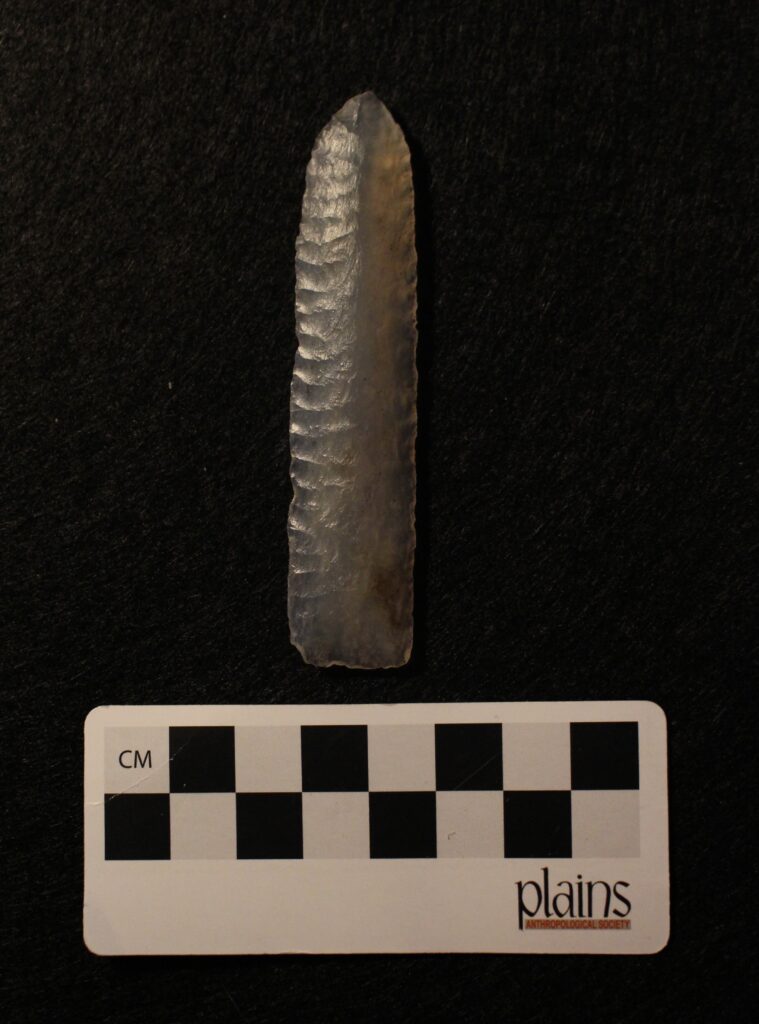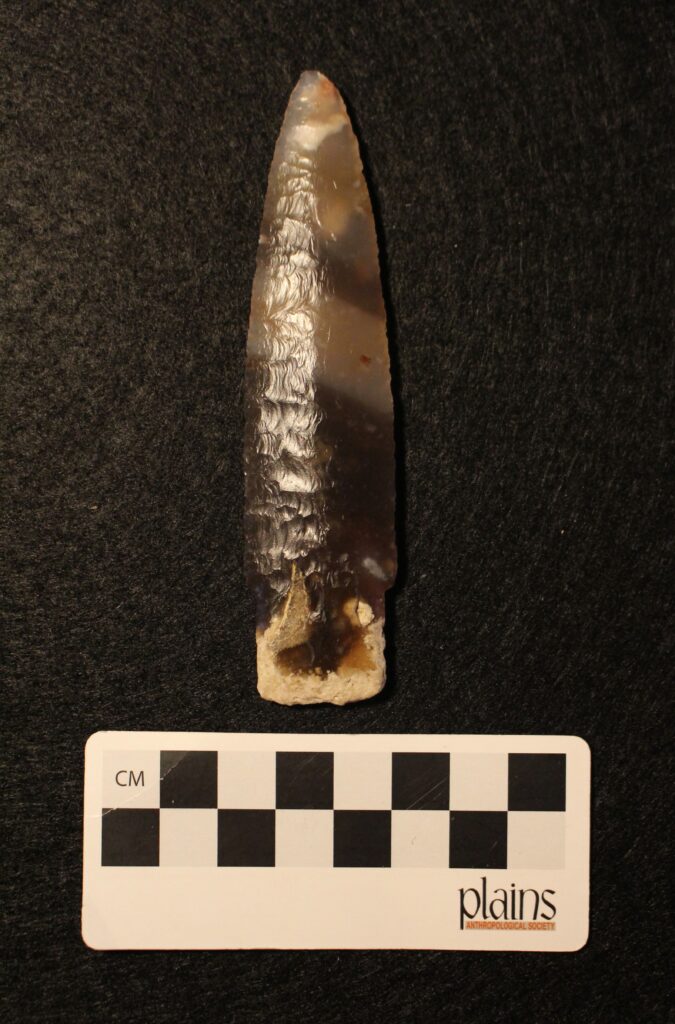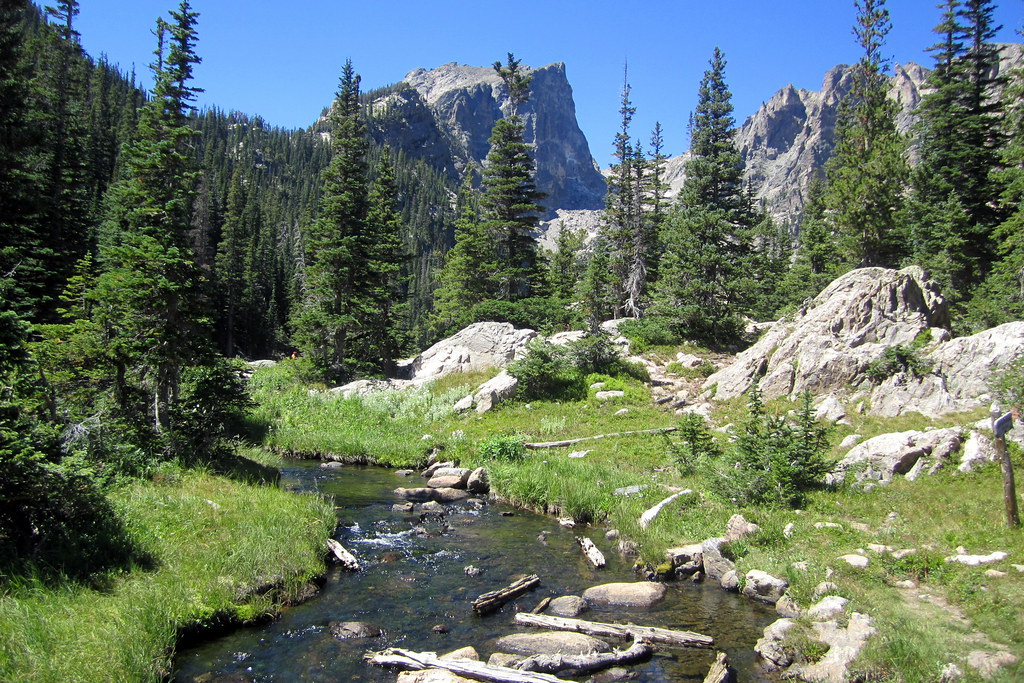The Cody Complex
The Cody Complex refers to a group of points which resemble one another in style, and exist in the archaeological record at similar times. The points which are considered part of the Cody Complex are:
- Alberta
- Scottsbluff
- Eden
- Cody Knife¹
Geography
The complex was spread over a large distance geographically – with sites found from Alberta to Texas, to the Great Lakes. The plains, foothills, and alpine regions were all inhabited. This wide range of settlement was similar to that of Clovis in size, which means there would be diversity among their subsistence styles.
Bison would played a large part in these peoples diets, regardless of where they may have lived. Cody sites also have evidence of deer, pronghorn, and elk being hunted, with a plethora of other small mammals, fish, and birds occurring in Cody assemblages as well. The animals hunted would have depended on whichever ecozone the people inhabited, as they most likely had varied and diverse diets.
Settlement Strategies
There are different theories as to how Cody people settled and utilized the environments they inhabited. These theories are dependent on the geographic setting of the Cody people being studied.
In some areas, Cody peoples may have lived in settlements for an extended period of time. Utilizing local resources and foods before moving. This land use may have been more prevalent in areas with an abundance of toolstone.
Cody people on the Front Range exploited both the plains and the foothills for their diets. When Bison numbers dropped, they likely moved up to the mountains to utilize a different set of resources and animals.
Early Cody people on the plains traveled long distances for their large scale Bison kills. After around 9000 RCYBP, evidence of this travel becomes less common in the archaeological record. It is theorized that climate change may have affected these ranges (these ranges were compiled using lithics to indicate trade or movement).
Eastern Cody groups have not been as extensively studied as the west, but sites among the Great Lakes show procurement of fish, which supports the idea that local resources are being utilized.²
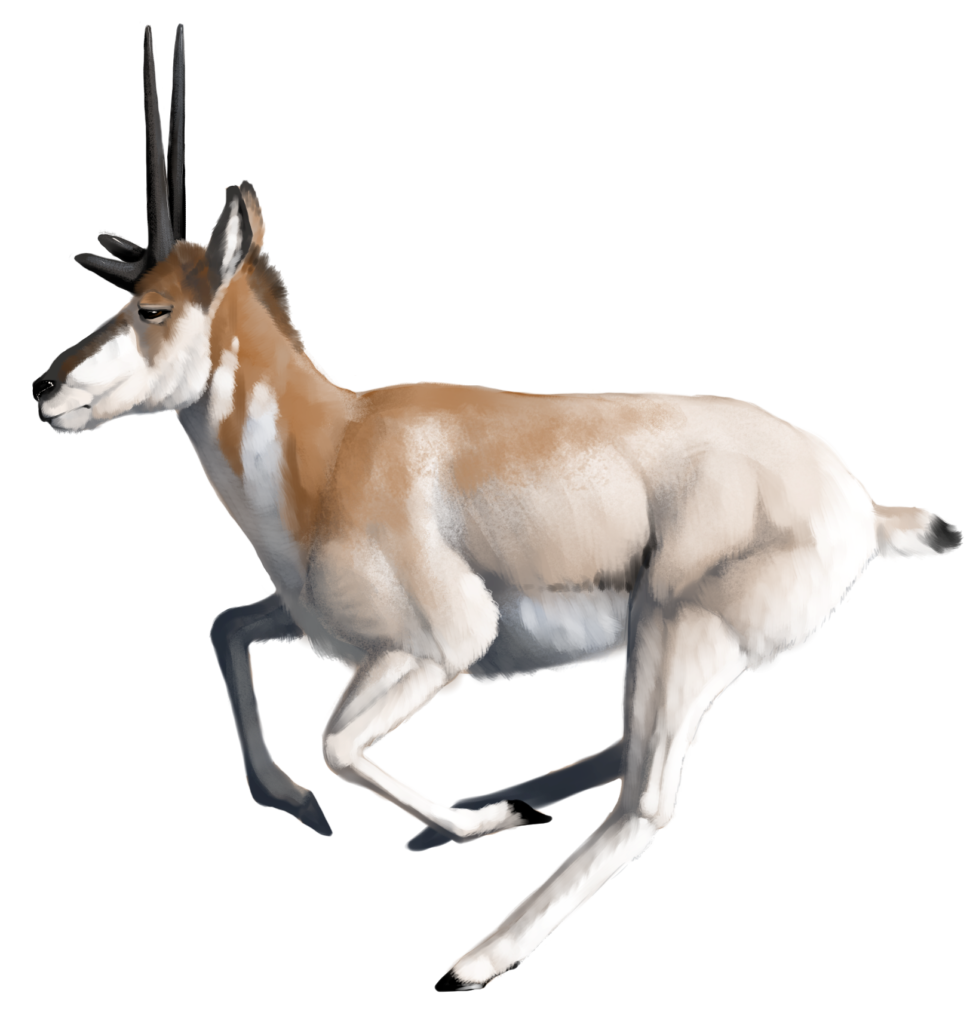
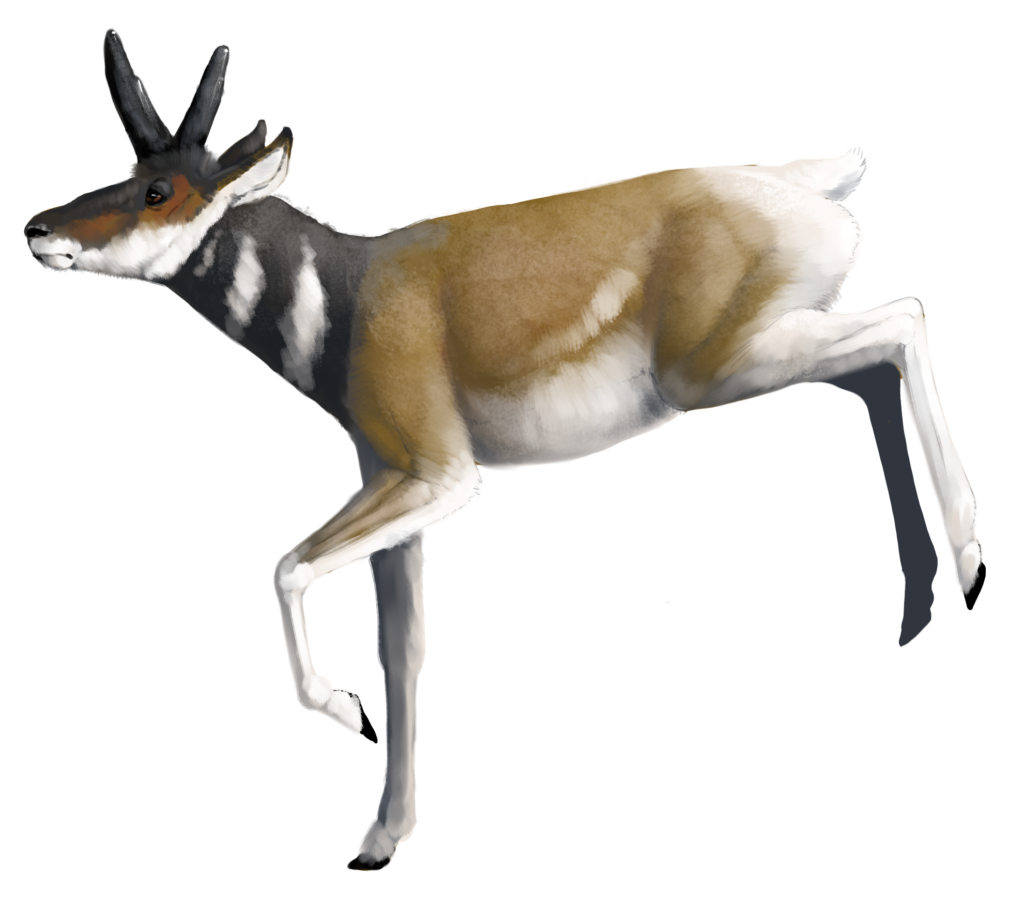
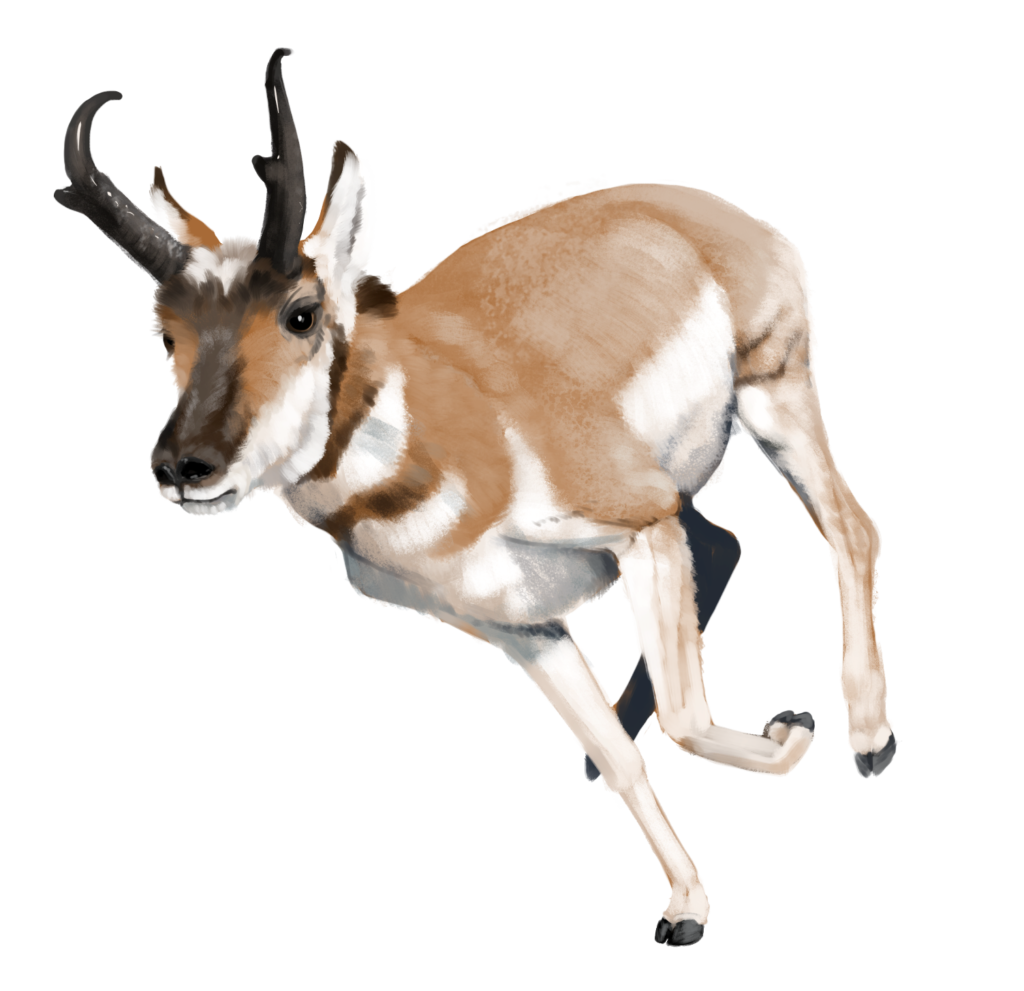
References:
¹Taylor, J. (2006). Projectile points of the high plains: New perspectives on typology based on examinations of original type site specimens (1st ed). Jeb Taylor Artifacts.
²Knell, Edward J. and Mark P. Muñiz (2013) Introducing The Cody Complex. In Paleoindian Lifeways of the Cody Complex, edited by Edward J. Knell and Mark P. Muniz, pp. 3-22. University of Utah Press, Salt Lake City.

